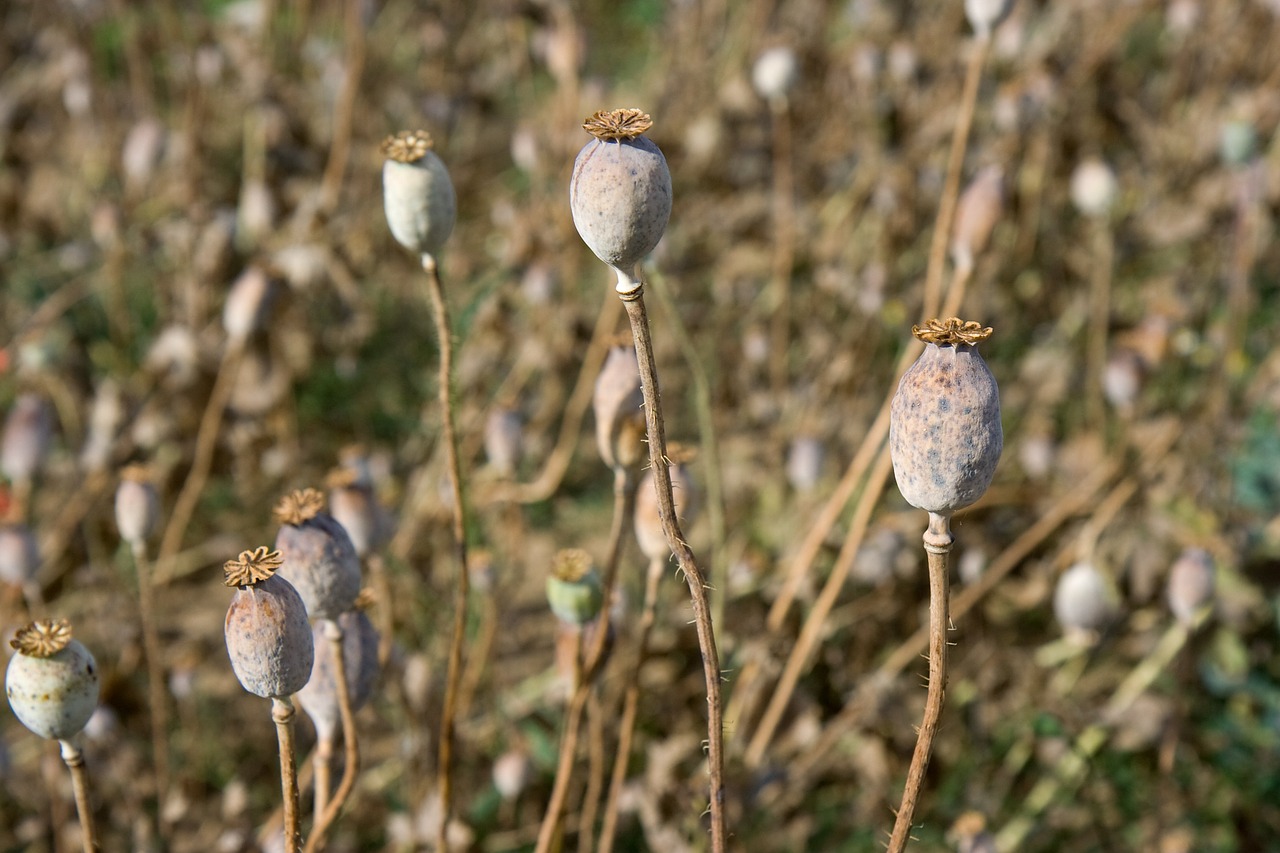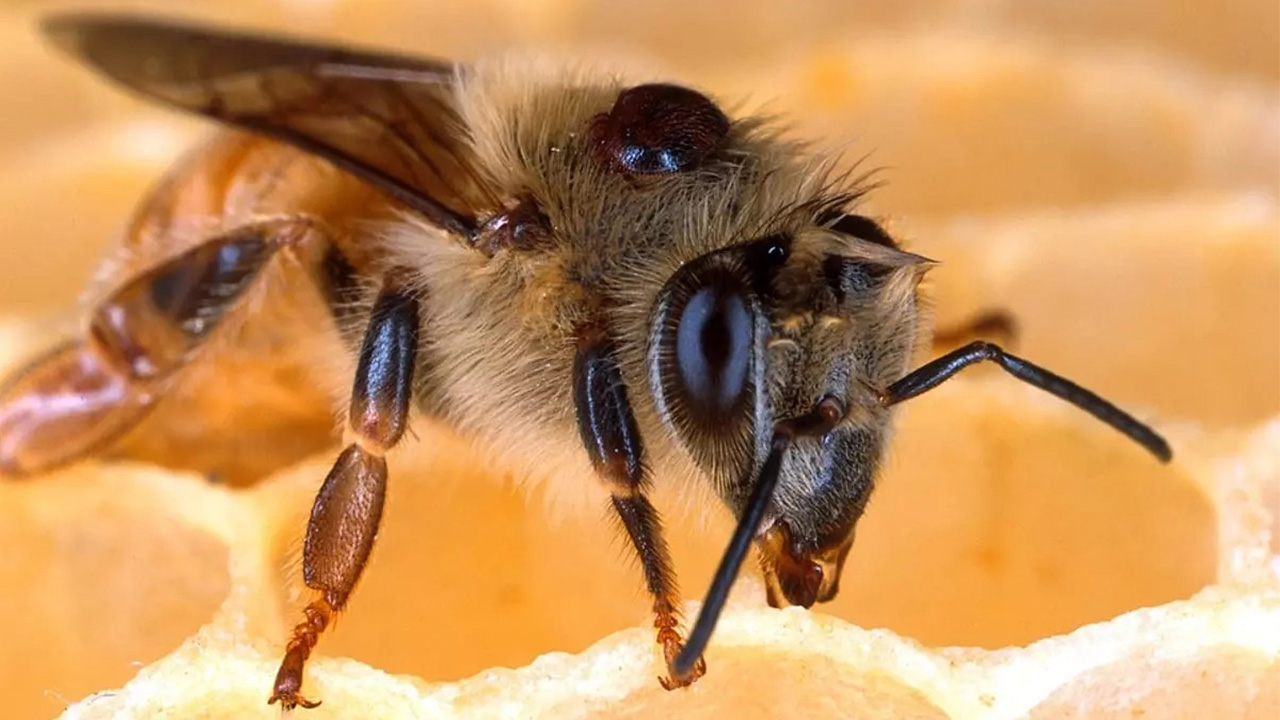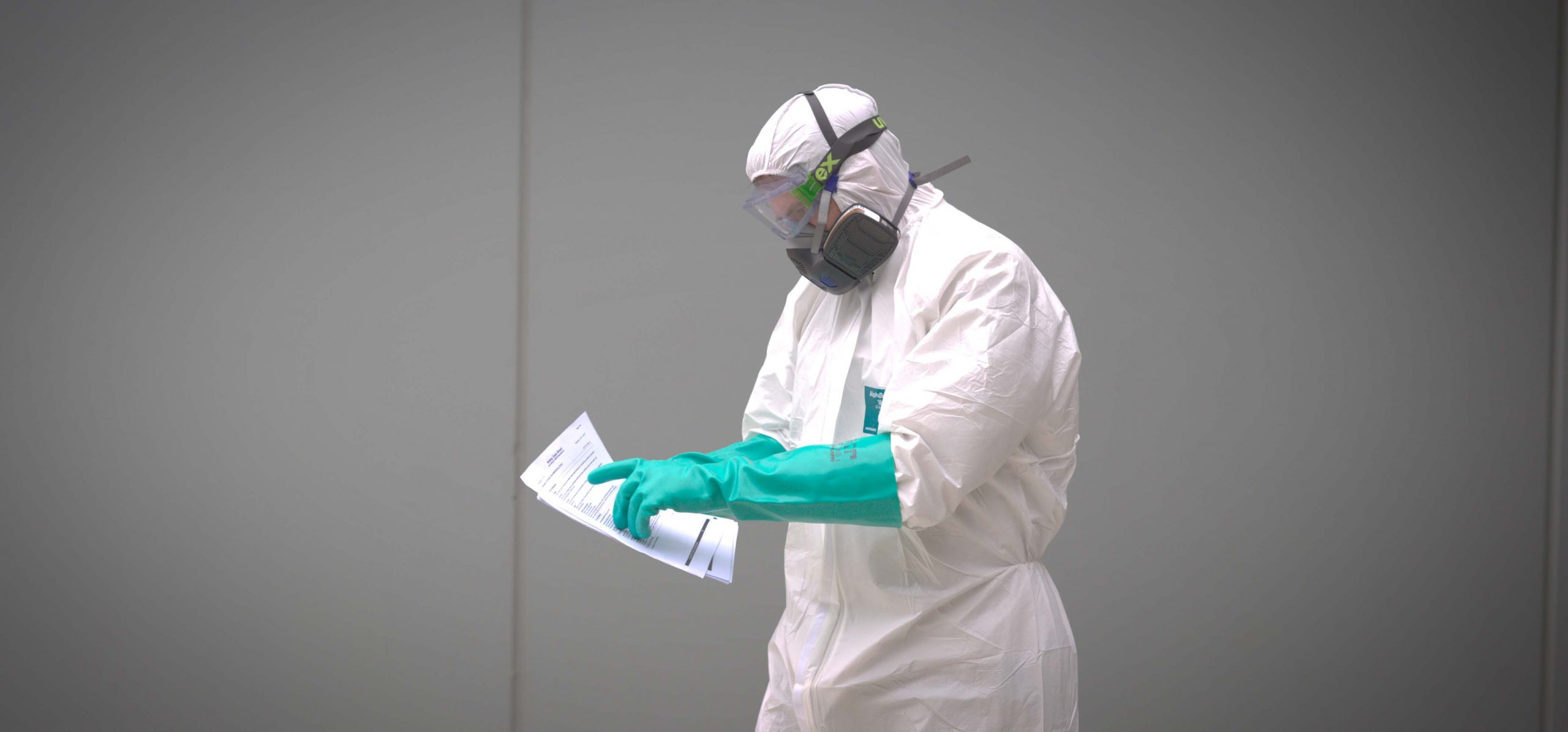Poppies have an important role in the production of ingredients for pharmaceuticals.
In Australia, they have been traditionally grown in Tasmania, but are now being grown in southern NSW where 400 Hectares have been planted. This planting has been made possible by a change of the law which has created a pathway for the legal cultivation of opiate poppies within NSW.
The Tasmanian crop is worth around $300 million annually, however the worldwide demand for these plants is enormous. These alkaloid poppies contain the poppy straw, a raw material which are extracted for their wide range of pharmaceutical product offerings, used for human health. These plants contain the treasured ingredients used for morphine, codeine, thebaine and oripavine, which are made for pain-relieving therapeutic medicines, anti-addiction medication and for calming benefits. The demands for these products are growing significantly in the health market due to an increasing and ageing global population. Other key drivers include the increasing incidence and severity of chronic disease, new product approvals, and alternate narcotic applications, both within Australia and overseas. Consumption of narcotic derivatives has quadrupled in the 20-year period to 2009.
NSW Farmers Wagga branch chair, Alan Brown, said “That the crop would offer enormous positives for the entire Riverina. It is a high value industry and the worldwide demand is very high. This could be a lucrative industry for our region.”
The industry in Tasmania is very tightly regulated with many security measures in place, but there is no reason why these measures cannot be implemented in NSW. NSW Department of Primary Industries are overseeing the cultivation, processing and movement of alkaloid poppy material that is being grown under the 6 licences issued in NSW. These crops are now being grown in the Central West and Riverina regions in NSW. South Australia, Victoria and the Northern Territory have already joined Tasmania in cultivating the crop.
Producing Poppies
Poppies as a crop have the potential to provide both diversity and high gross margins to NSW farmers who traditionally grow food and fibre for customers worldwide. Primary Industries minister Niall Blair said “This is the first time we have seen a paddock of commercially grown opiate poppies in full bloom in NSW. When the NSW government changed the law in 2016, it was because we recognised the potential here for producers and for patients in need. The crop is on track to be harvested this season”. But be noted, poppies cannot be grown in NSW without a valid contract, with a licensed processing company and cultivation licence issued by the NSW Government. Primary producers should look to Alkaloid poppy production in NSW – becoming a grower , for further information.
To produce an efficient poppy crop that capitalizes yield and alkaloid content, agronomic factors are as always, fundamental to success. These include herbicides used in previous cropping regimes, as residual activity can influence the success rate of the crop. Trifuralin, for instance, can affect poppies for 5+ years after application. Other residual chemicals to look out for are Atrazine, Chlopyralid, Oxyflurofen and Metsulfuron, which can affect poppy crops for 6 – 18 months after application, and so you must check herbicide product labels for Plantback Intervals prior to use. In terms of fungal diseases, poppy fire, downy mildew, leaf smut and sclerotinia can be problematic without good hygiene, preventative fungicide application and suitable crop rotations.
Pests for Poppies
The main pests to watch out for, particularly noted to be a trouble in Tasmania, are red legged earth mites, lucerne flea, cut worms and slugs and snails. Chemicals applied frequently for these pests include organophosphates (op’s), pyrethrins, pyrethroids and molluscicides, but as always, broad spectrum insecticides such as the op’s, favour pest buildups post application as beneficial insects are knocked out and thus are not a great fit in integrated pest management.

In summary, if global demand continues to increase at its current rate, there is potential for the alkaloid poppy industry in NSW to be worth up to $100 million in 10 years.
NSW Chief Scientist Phillip Wright said that the first crop is a test in NSW, but there appears to be no significant disease or pest issues apparent. He also mentioned that Australia provides 50% of the world supply of poppy products and that there was no reason why this crop could not become a much more valuable crop for NSW producers in the future.
References
1) http://www.theland.com.au/story/5026151/riverina-poppy-industry-offers-the-potential-for-millions-in-revenue-video/?src=rss&utm_source=The+Land+Newsletters&utm_campaign=7fe1e9ef74-newsletter&utm_medium=email&utm_term=0_ade9099b1a-7fe1e9ef74-114559629#slide=2
2) https://www.dpi.nsw.gov.au/agriculture/broadacre-crops/winter-crops/alkaloid-poppies/nsw-poppy-industry
3) https://www.dpi.nsw.gov.au/__data/assets/pdf_file/0006/693114/Calling-all-interested-NSW-poppy-growers.pdf
4) https://grdc.com.au/resources-and-publications/grdc-update-papers/tab-content/grdc-update-papers/2014/07/an-overview-of-the-tasmanian-poppy-industry
5) http://www.stockjournal.com.au/story/4349460/poppies-bring-in-interest/




